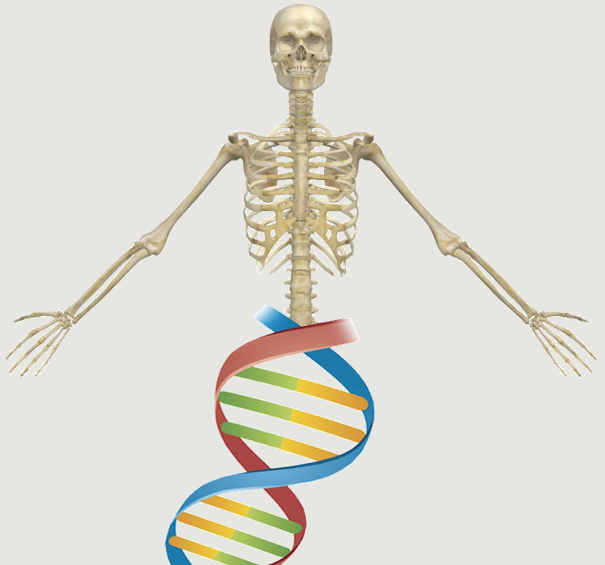Abstract:
Multiple factors alter intervertebral disc volume, structure, shape, composition, and biomechanical properties, often leading to low back pain. Spinal fusion is frequently performed to treat this problem. We recently published results of our investigation of a novel system of in vivo bone formation, in which we used nonvirally nucleofected human mesenchymal stem cells that overexpress a bone morphogenetic protein gene. We hypothesized that primary porcine adipose tissue-derived stem cells (ASCs) nucleofected with plasmid containing recombinant human bone morphogenetic protein-6 (rhBMP-6) could induce bone formation and achieve spinal fusion in vivo. Primary ASCs were isolated from freshly harvested porcine adipose tissue. Overexpression of rhBMP-6 was achieved ex vivo by using a nucleofection technique. Transfection efficiency was monitored by assessing a parallel transfection involving an enhanced green fluorescent protein reporter gene and flow cytometry analysis. rhBMP-6 protein secreted by the cells was measured by performing an enzyme-linked immunosorbent assay. Genetically engineered cells were injected into the lumbar paravertebral muscle in immunodeficient mice. In vivo bone formation was monitored by a quantitative microcomputed tomography (muCT). The animals were euthanized 5 weeks postinjection, and spinal fusion was evaluated using in vitro muCT and histological analysis. We found formation of a large bone mass adjacent to the lumbar area, which produced posterior spinal fusion of two to four vertebrae. Our data demonstrate that efficient bone formation and spinal fusion can be achieved using ex vivo, nonvirally transfected primary ASCs. These results could pave the way to a novel biological solution for spine treatment.
Notes:
Sheyn, Dima Pelled, Gadi Zilberman, Yoram Talasazan, Farahnaz Frank, Jonathan M Gazit, Dan Gazit, Zulma eng Comparative Study 2008/01/26 09:00 Stem Cells. 2008 Apr;26(4):1056-64. doi: 10.1634/stemcells.2007-0858. Epub 2008 Jan 24.
Website

